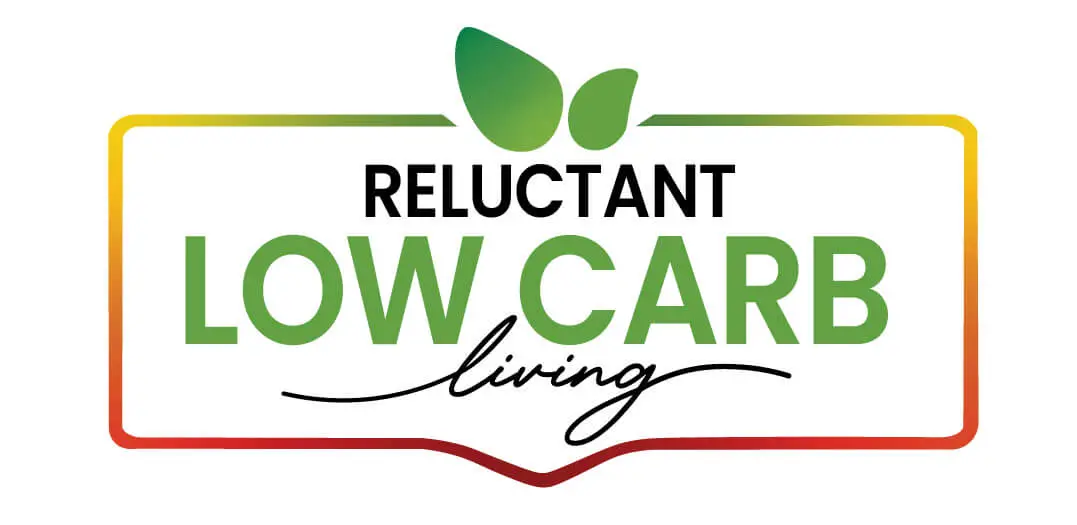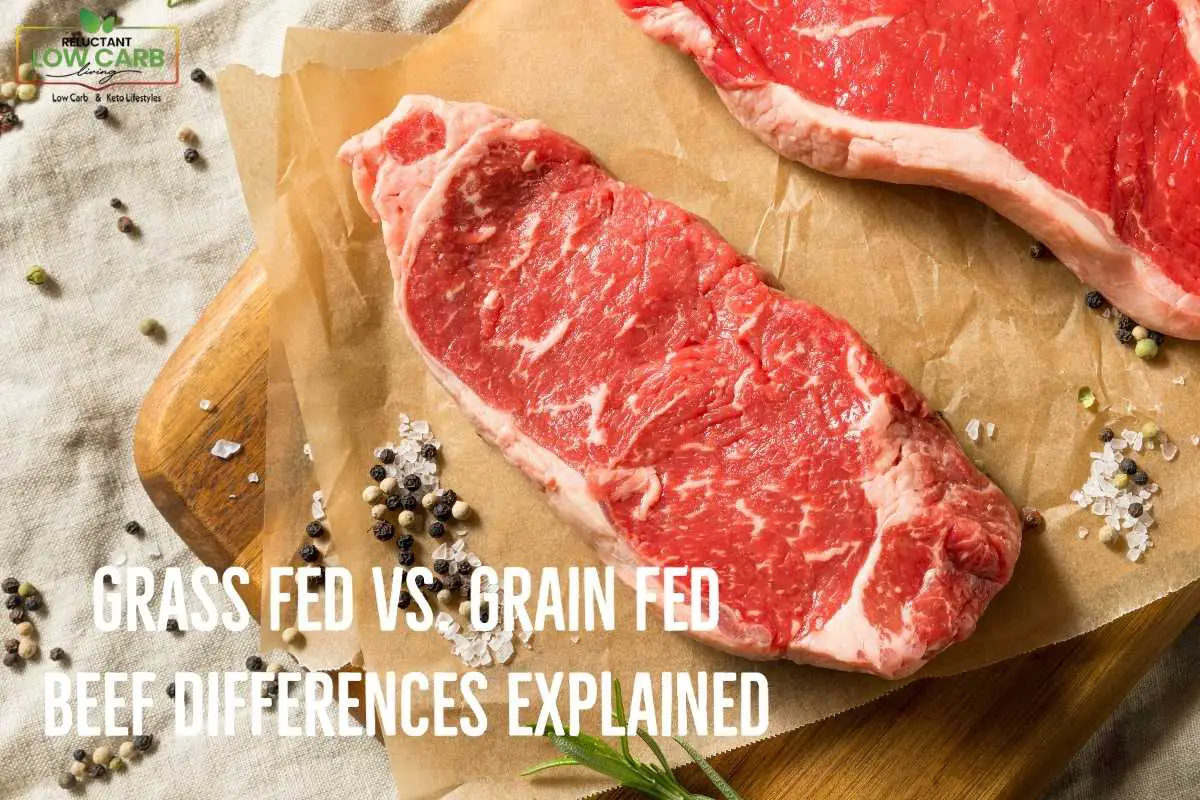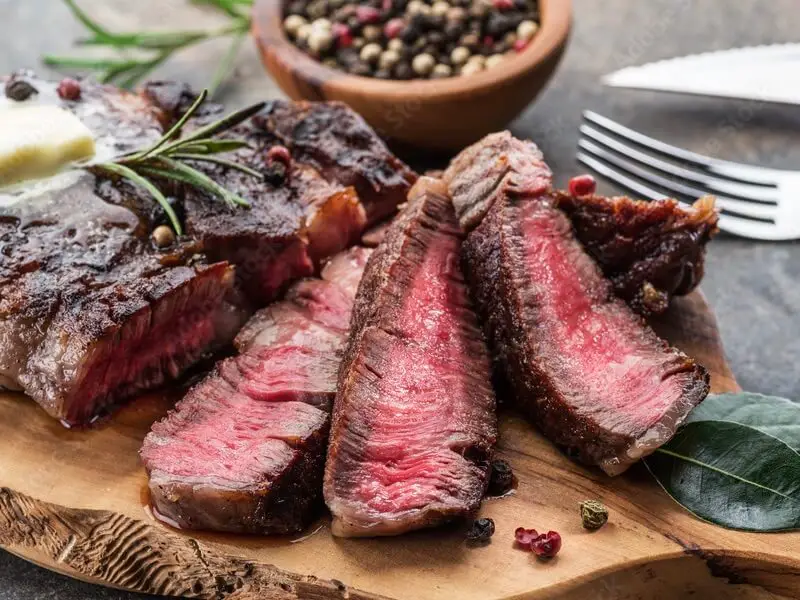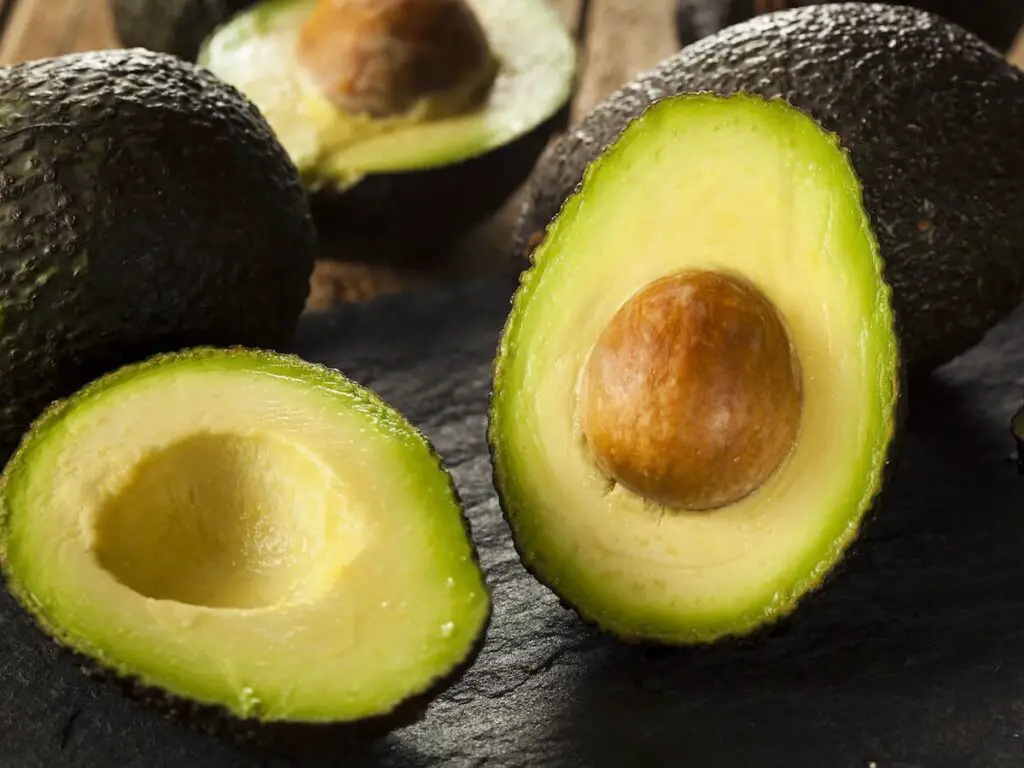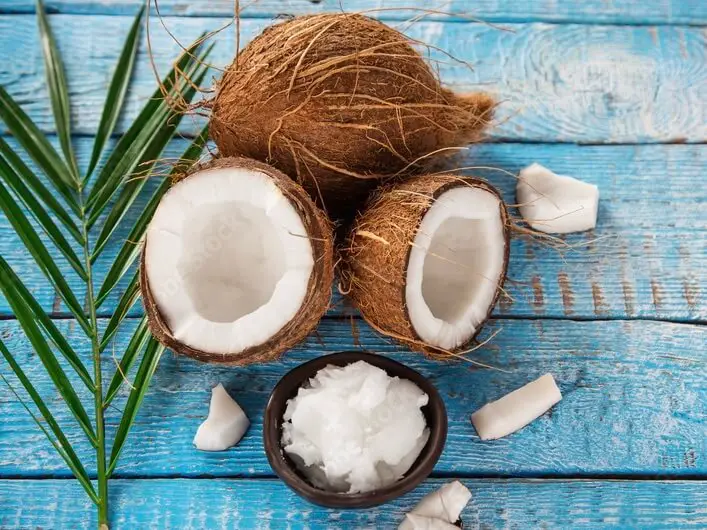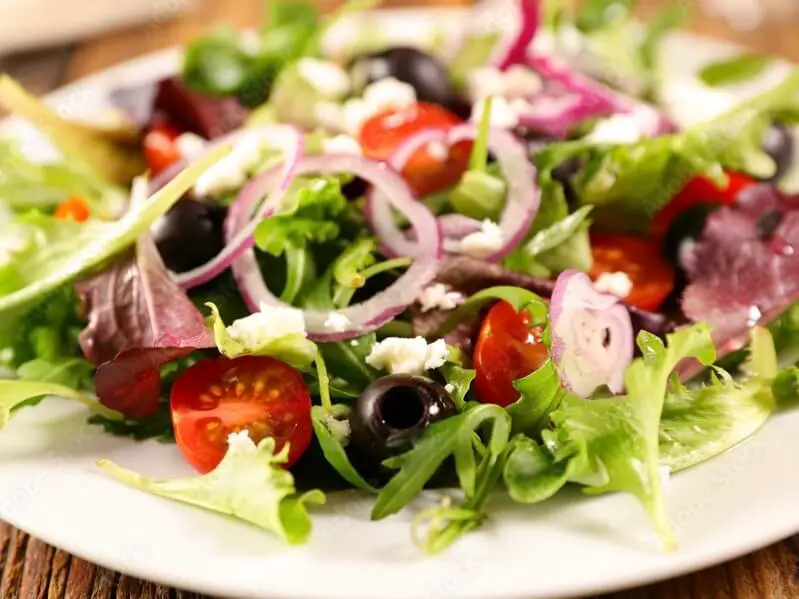Studies have shown that what cattle are fed can change the taste of beef. Studies have also shown the nutritional value of meat can vary according to what the cattle are fed.
Grain-fed cattle are first raised in the pasture and then later put on grain such as soybeans, corn, and wheat; the cattle on a grain-fed diet grow faster than those on a grass-fed diet. Grass-fed cattle are fed on grass and can roam the pastures fully. For grass-fed cattle to get the desired weight takes longer than grain-fed cattle.
Grass-Fed Vs. Grain Fed Beef
When you go to the supermarket, the packaged beef can sometimes show that the meat is grain-fed or grass-fed. For many people, these labels can be confusing.
Most cattle start the same way they are born, and while they are with their mothers, they will stay out on the pasture until they are weaned from their mothers. Once the cattle are weaned, their diet will be mainly grass-fed or grain-fed.
Grain-fed Cattle
Grain-fed cattle are today considered the traditional way of feeding cattle their food. Most cattle will be fed grains such as corn, soybeans, and wheat to increase their energy level and sprout their growth.
Feeding the cattle grains helps increase their growth rate and keeps the cattle’s energy level high. Grass-fed cattle are also leaner in that they will store their fat differently than grain-fed cattle so that grain-fed cattle will fatten up faster.
One of the criticisms of grain-fed cattle is to increase the growing time many times, antibiotics or hormones added to the cattle feed. These hormones or antibiotics help add to the cattle’s growth rate and ensure the cattle grow faster so the meat can be processed more quickly; this allows the cattle reach the desired weight quicker.
Once the grain-fed cattle reach the desired weight, they are slaughtered, and their meat is processed and sent to the grocery store, restaurant, or consumer. Grain-fed cattle are considered the traditional or one of the most common ways to raise cattle for meat consumption.
Many ranchers will grain-fed their cattle because of the time it will take to process the cattle. The shorter the time, the more income they can earn. Because of the time involved, grass-fed meat is usually more expensive than grain-fed.
Grass-fed Cattle
In the grass-fed model, the cattle eat grass their entire lives and are not fed grain. Because the cattle are not fed grain, they usually have access to the pastures for grazing and eating their entire lifespan.
Cattle that are truly grass-fed will take longer to mature so that the cattle can be slaughtered for meat. Grass-fed cattle take longer to get to the desired weight, including putting on the desired amount of fat; the grass-fed cattle grow and mature slower than grain-fed cattle.
The grass-fed cattle take longer to mature and grow because the cattle eat fewer calories than their grain-fed counterparts.
Because the grass-fed cattle are on the farm longer, this is also a reason why grass-fed beef usually has a premium price attached to it.
Differences in Grass-Fed Vs. Grain Fed Meat
The differences between grass-fed and grain-fed cattle and meat do not just stop in the way the cattle are fed, but it also affects the meat of the cattle.
Here are some differences between grass-fed and grain-fed beef:
- Meat Color – Due to their diet, grain-fed meat tends to have a whiter color fat than grass-fed beef. Grass-fed beef generally has a more yellow-colored fat.
- Marbling – Grain-fed beef generally has more marbling than grass-fed beef.
- Leanness – Grass-fed beef is usually leaner as it has less marbling and fat than grain-fed beef.
- Calories – Grass-fed beef, as it is leaner than grain-fed beef, usually has fewer calories.
- Taste Of Beef – The grass-fed beef has a more earthy taste and flavor to the meat. The grass-fed meat can remind some people more of deer and moose meat.
- The Toughness Of Meat – The grass-fed beef can be tougher than the grain-fed beef because the grass-fed beef is leaner and has less fat than the grain-fed beef.
- Omega 3 – Grass-fed beef has higher Omega 3 fatty acids in the beef than grain-fed beef.
- Cooking The Meat – Like any meat, the difference between how it will taste and how you will like it will depend greatly on how you prepare the meat. Many chefs who work with grass-fed beef will use marinate and then cook the beef in butter and olive oil.
Many people consider grass-fed beef the healthier choice as the beef is leaner, has less fat, and has more omega 3.
For many people, the choice between grass-fed and grain-fed beef is also the taste of the beef. Grass-fed and grain-fed beef do have different tastes. If you are not sure which beef to eat, you can try to eat both grain-fed and grass-fed to see what meat flavor you prefer.
Is Grain-fed Or Grass-fed Beef Better On A Keto Diet?
When you are on a keto diet, one of the benefits is that you can eat beef. On a keto diet, you can decide if you will eat grass-fed or grain-fed beef – either one should be fine, and the difference is which taste you prefer.
If you are concerned about your fat intake, the grass-fed option may be better for you as grass-fed beef is a leaner option than grain-fed beef.
Both grass-fed and grain-fed beef are great options for beef. I prefer the taste of grass-fed beef as I like the leaner taste. Many places around the world will have beef that is mainly grass-fed.
For example, 97% of all beef in Australia is grass-fed, whereas only about 4% of American beef is grass-fed. Wagyu beef can either be grass-fed or a combination of grass and grain-fed.
Reluctant Low Carb Life explores all aspects of keto and low carb lifestyle, fitness, health, wellness, and aging gracefully. At the Reluctant Low Carb Life, we strive to give honest and accurate information from people trying to live the low carb and keto lifestyle while improving their fitness and health.
We have a free monthly newsletter that is filled with information and helps you remain updated. Subscribe to the Reluctant Low Carb Life newsletter by clicking here.
Listen to our weekly podcast, Reluctant Low Carb Life, on all the major podcast platforms by clicking here.
Follow us on Instagram and Facebook by clicking here.
Related Question
How Long Does It Take To Lose 50 Pounds With A Keto Diet?
When many people start a new diet, they want to know how long it will take them to lose weight. We have all done this where we will try to calculate how many weeks it will take us to lose a certain amount of weight.
You can read more about How Long Does It Take To Lose 50 Pounds With A Keto Diet? by clicking here.
The Miracle Of Weight Loss Explored
The miracle of weight loss is that when we can all lose weight, and when we do, many times, our bodies will start to self-correct themselves. On average, a person will gain 2 pounds per year. Over the years, the pounds will begin to add on. The miracle of weight loss is that we can get our act together, and in a short time, we can lose all the weight we have gained over the years.
You can read more about The Miracle Of Weight Loss Explored by clicking here.
